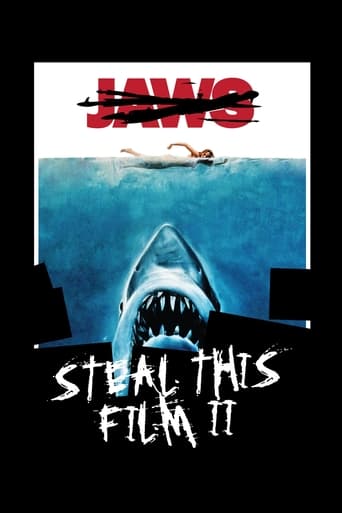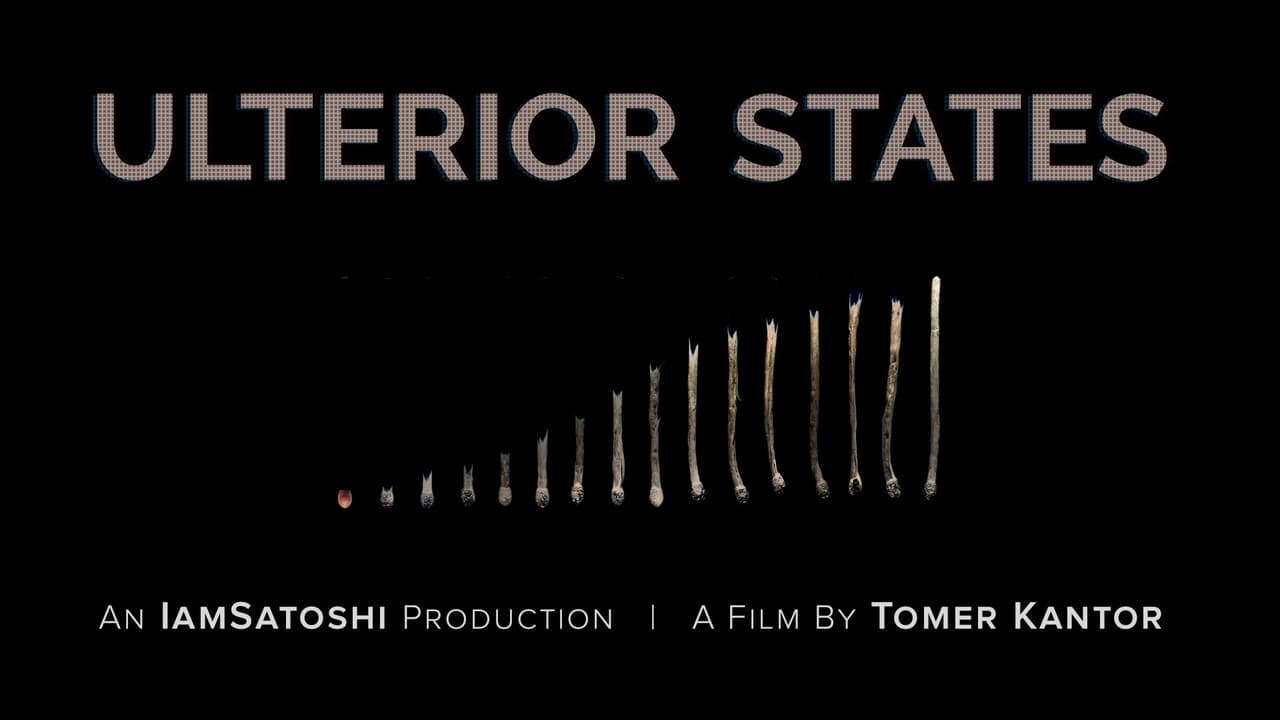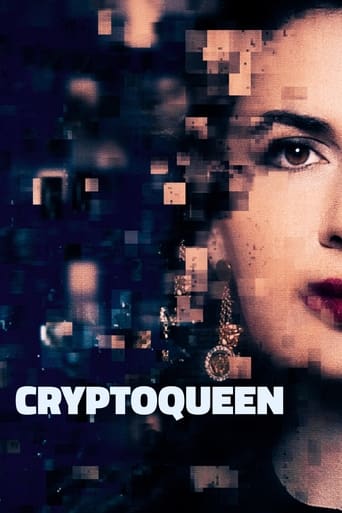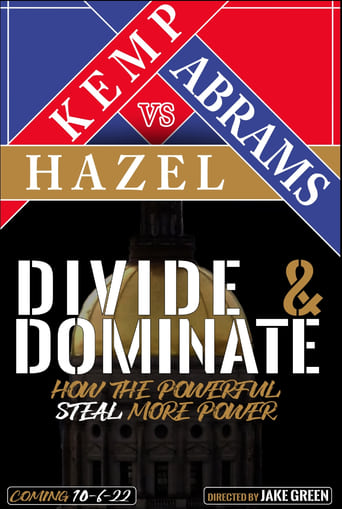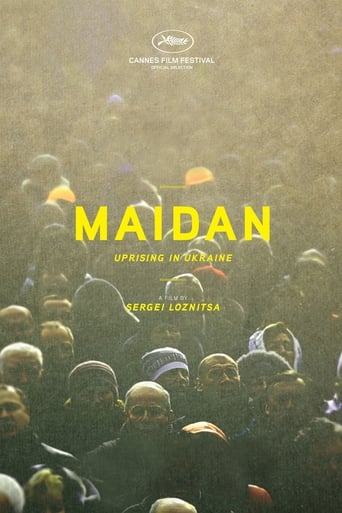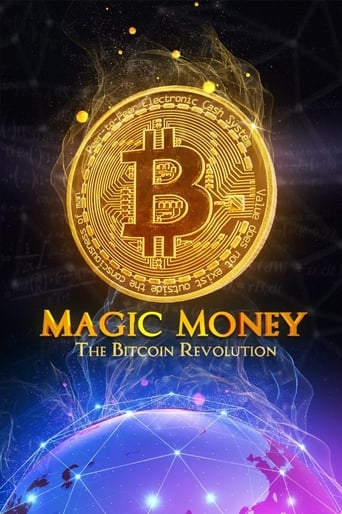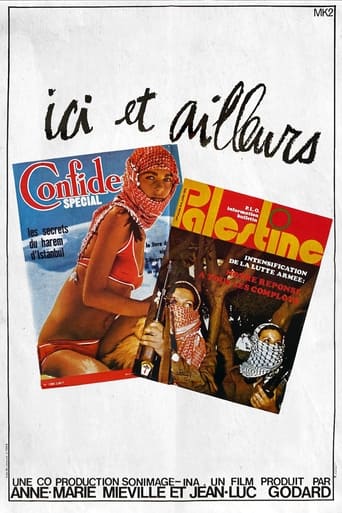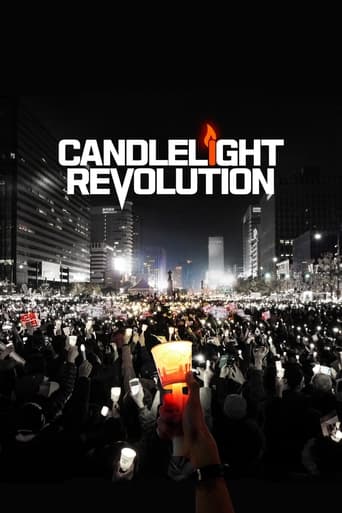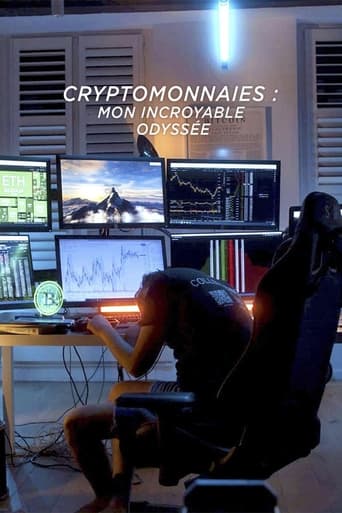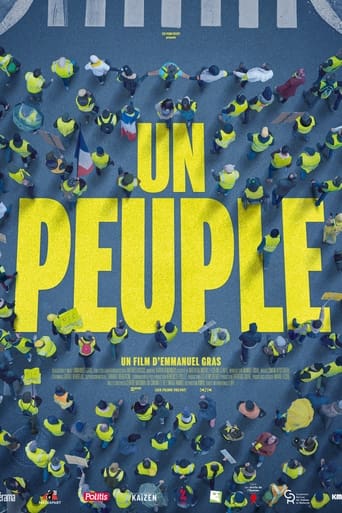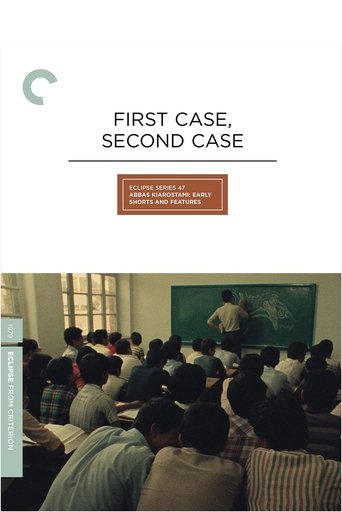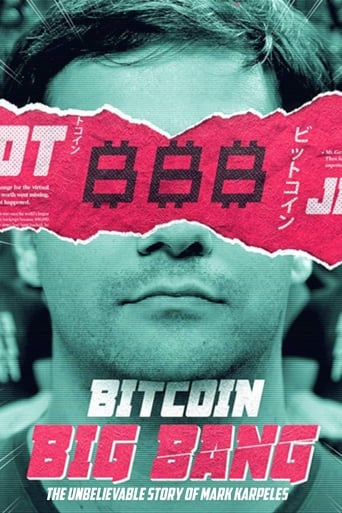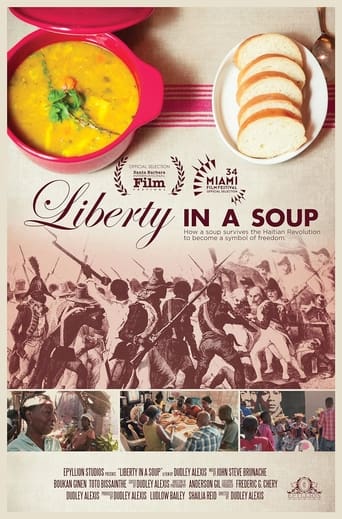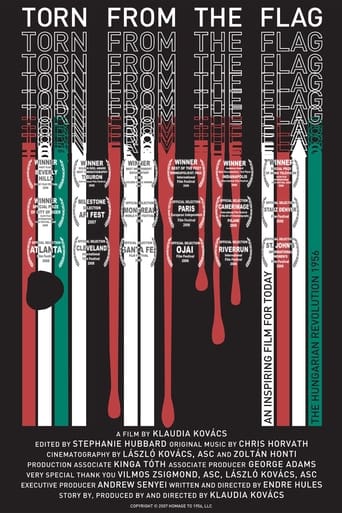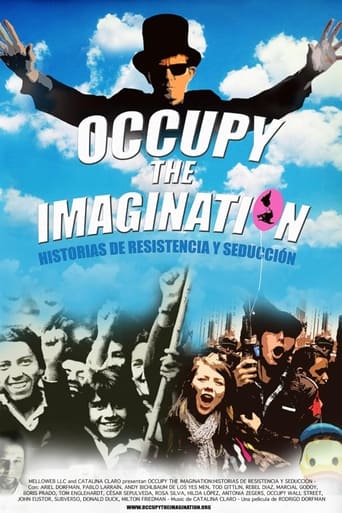Ulterior States
The enthusiasm and commitment that saturate through the lens in many parts of the film, expose how the adopters of Bitcoin want to explore, to probe and, to show the world, something important, otherwise overlooked.
The film took three years and 125 videos to complete. Through this journey, I got immersed in the decentralised crypto-currency culture and met a bunch of wonderful futuristic-pirates, I would have never met otherwise. It is becoming easier to admit that Ulterior States is an expression of my perceptions, an extract of the years 2012-2015. The collaged story explores code as activism and discovers a melting pot through the neutrality of a decentralised consensus. It looks to the future from different humanist perspectives and argues that crypto-currencies could lead towards; community governed micro-state applications.
